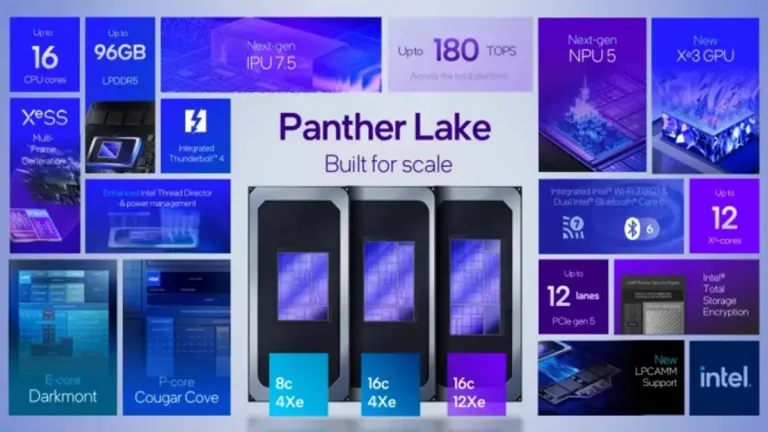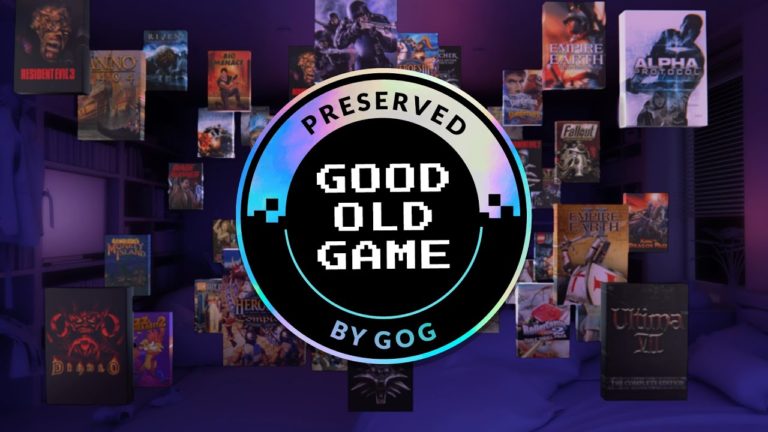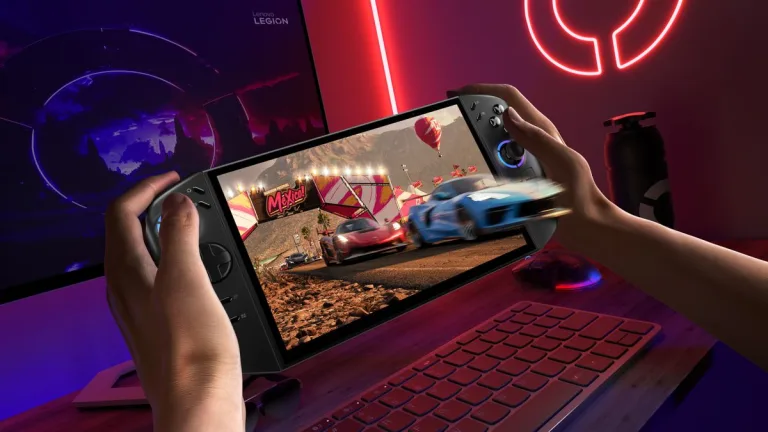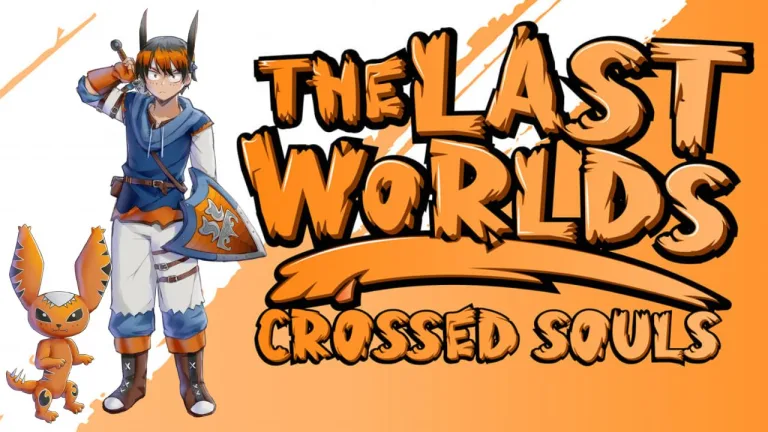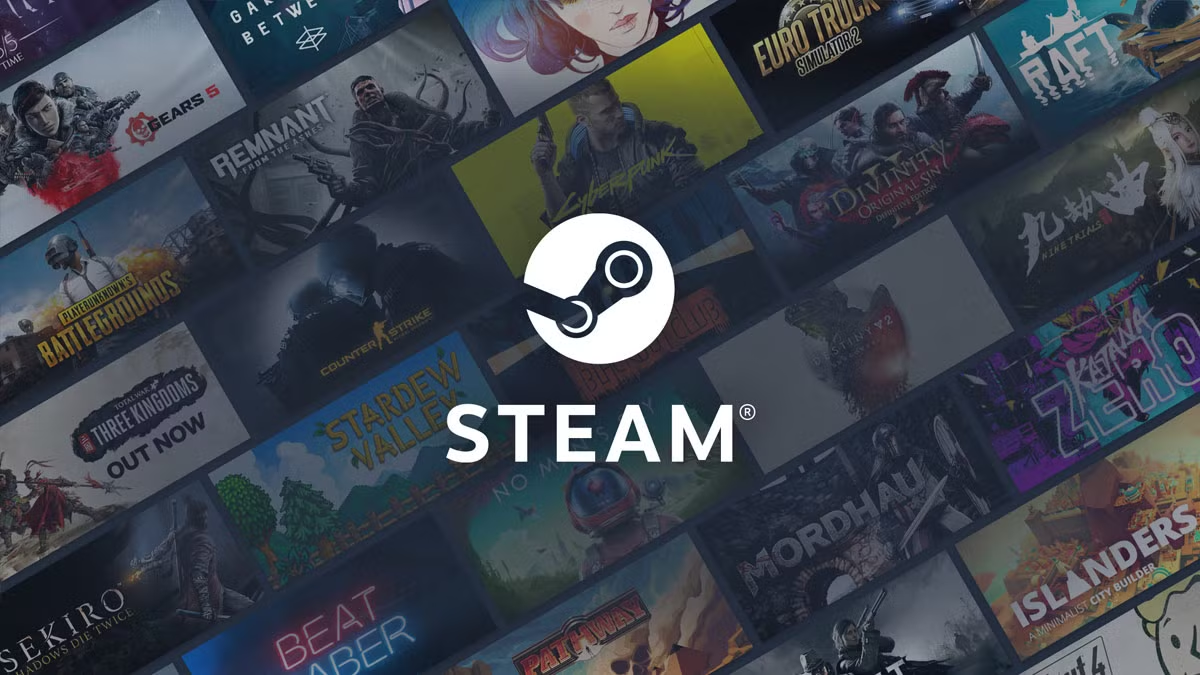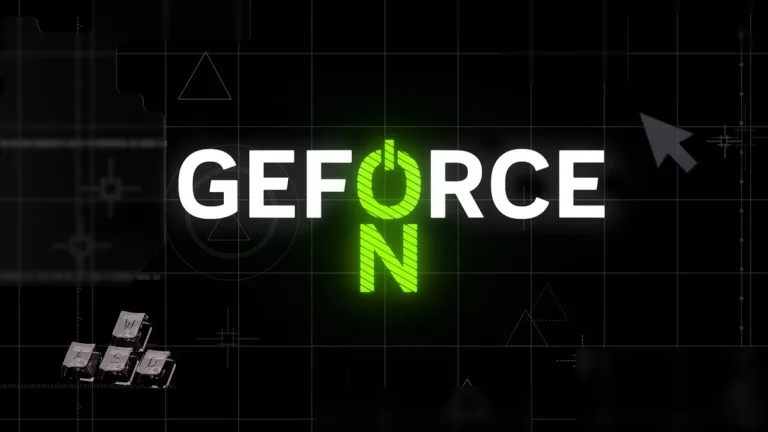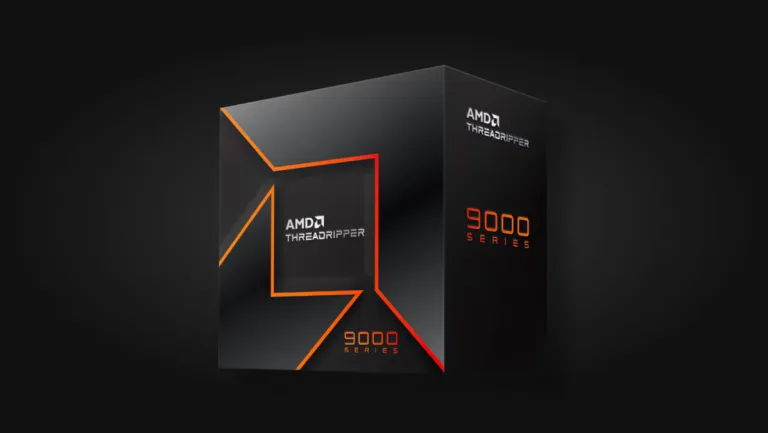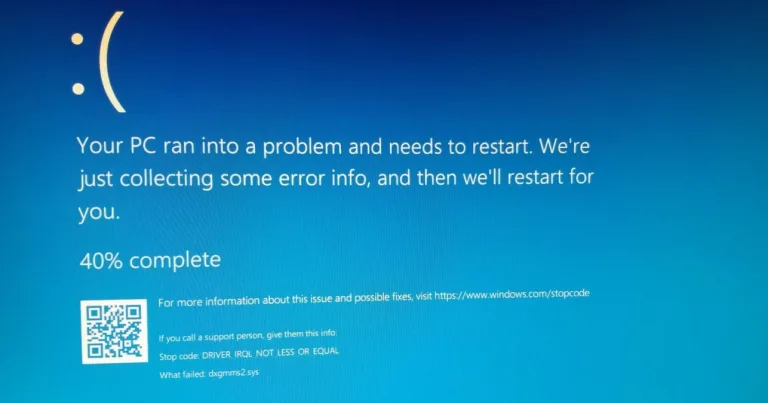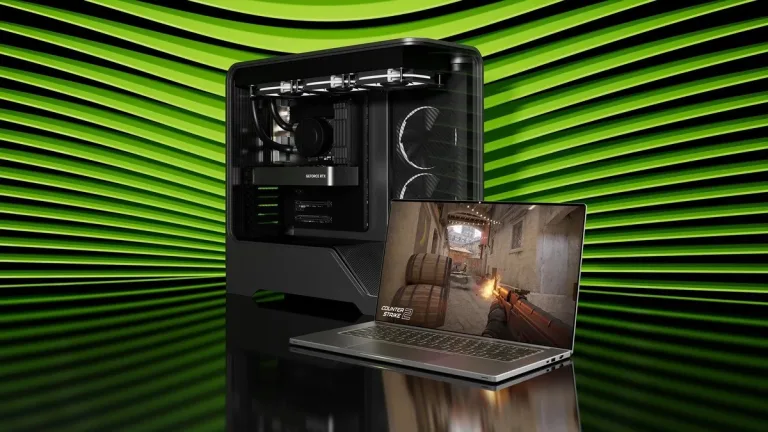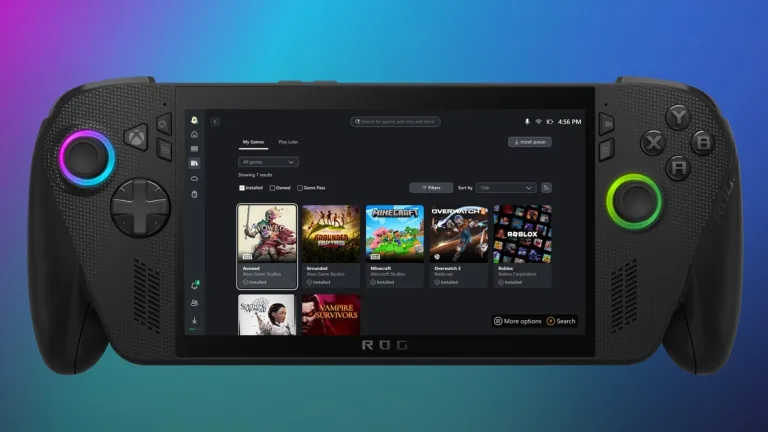The PC gaming landscape is about to shift again. Intel has officially pulled back the curtain on...
PC
GOG.com has once again cracked open the vault, bringing back a lineup of games that shaped entire...
In the gaming hardware world, hype is currency. But when hype outpaces logistics, it can quickly turn...
Platform: Steam (Early Access, 2026)Developer/Publisher: Lupio StudiosGenre: 3D Action RPG / Open WorldSetting: Alien planet Ness-444Status: Version...
Valve has officially announced that Steam will end support for 32-bit versions of Windows on January 1,...
The NVIDIA App update launching August 19th marks a major shift in how users interact with their...
If you thought your rig was powerful, AMD just rewrote the definition of “beast mode.” The Ryzen...
For PC gamers, the Blue Screen of Death (BSOD) wasn’t just a system crash—it was a rage-quit...
When budget meets ambition, magic happens. Enter NVIDIA’s new GeForce RTX 5050—a card that brings the full...
In a week already brimming with gaming news, Xbox has dropped two announcements that signal its evolving...


